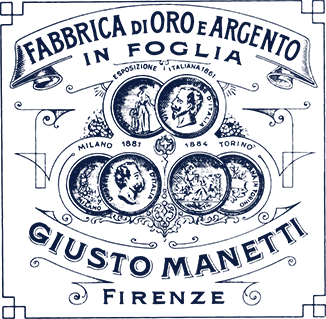Events and news
Events and newsTHE GOLDEN TREES OF GIUSEPPE PENONE
The Prospettiva Vegetale of Giuseppe Penone
Born in Garessio, in the Italian province of Cuneo, Giuseppe Penone has been one of the best-known Arte Povera artists since 1967, the same year that Germano Celant coined the movement’s name.
Penone’s work focuses on the similarity between nature and man, expressed by referring to trees, which he himself has defined as “perfect sculptures, living beings like humans, admired for their way of growing and evolving in a coordinated, never random way “.
According to Penone, the story of a tree is written, marking every leaf and branch with true expressions of its identity.
A comparison to human DNA also describes exactly what we are made of, with each part traceable. This combination of nature and sculpture, together with the use of unconventional materials, pervades his most important works.
Penone combines such materials as bronze and gold leaf to create contrasting colors and unexpected effects.
One clear example of this can be seen in his works Luce e Ombra (Light and Shadow), Albero Folgorato (Lightning Tree), and Tra (Between), as described in the book Prospettiva Vegetale (Vegetative Perspective).
The latter was art project carried out for the 2014 exhibition of the same name held in Florence’s Forte Belvedere and Boboli Garden, and curated by Sergio Risaliti and Arabella Natalini. Conceived and designed by the artist, these works were produced at the Del Chiaro Art Foundry in Pietrasanta.
The gold leaf was applied by the gilder Lino Lazzeri. Specifically, they are simply tree-like reproductions in bronze, of which various interpretations have been produced and exhibited at major sites around the world, including the Rijksmuseum in Amsterdam, the Caroline Wiess Law Building in Houston, and Versailles Palace in Paris as well as many others for various events and exhibitions.
For Penone, the choice of gold as a contrasting material was determined by the material’s symbolic meaning, a universal metaphor for ethereal light and energy, serving to counterbalance the cooler, more earthly colors of bronze and granite, the other materials used in creating his reproductions.
Penone’s designs make extensive use of symbolism and analogy. Luce e Ombra is a bronze tree with a spherical circle decorated by gilded leaves and a granite ball on top, which represents competition and growth regardless of difficulties. The work has been installed in the green space adjacent to the European Central Bank’s new headquarters in Frankfurt. As an emblem of the continent’s union and economic growth, it contrasts an inorganic structure made of glass and cement with a symbol of life inspired by nature.
As an emblem of the continent’s union and economic growth, it contrasts an inorganic structure made of glass and cement with a symbol of life inspired by nature.
This contrast together with the mimetic nature of his works with the surrounding environment are yet another aspect of his thought process, which is directed at drawing one’s attention away from his ability as sculptor to concentrate our attention on nature, seen as a form of natural sculpture.
The entire project used about 30,000 gold leaves, all produced by Giusto Manetti Battiloro. In particular, over 4,000 24-ct gold leaves were needed to create the more than 600 leaf forms used to decorate Luce e Ombra.




